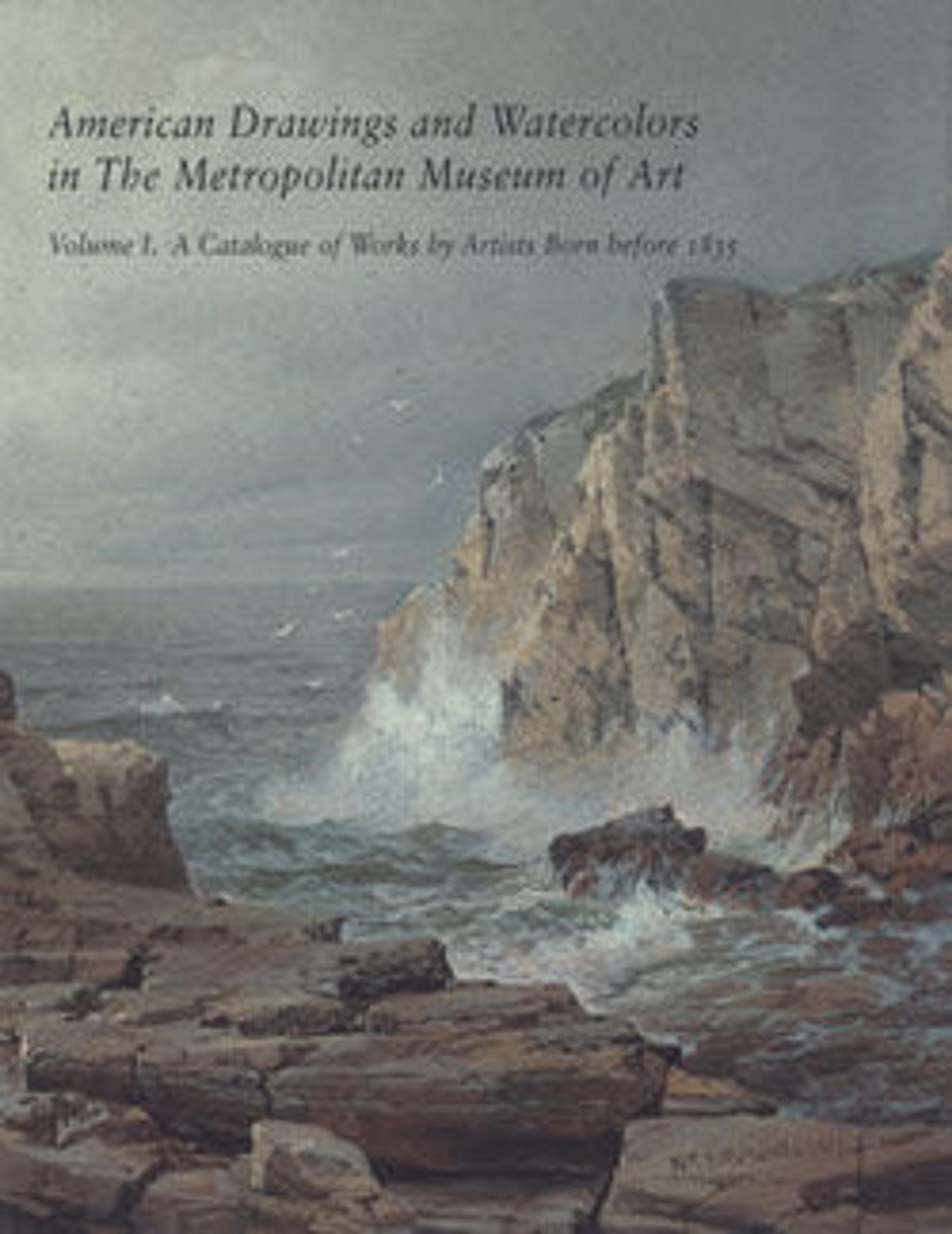Bird's Nest in Cattails
In 1860, Bridges enrolled in painting classes at the Pennsylvania Academy of the Fine Arts in Philadelphia and studied with William Trost Richards. His meticulous approach to his subject matter and devotion to the Ruskinian tenet of fidelity to nature had a profound influence on her. He helped his protégée set up her own Philadelphia studio in 1862, introduced her to his patrons, and encouraged her to exhibit her work. An increasingly prolific artist, she would execute several hundred pictures during her fifty-year career. As this example evinces, Bridges was an expert delineator of local flora and fauna near her Connecticut summer home, and her intensity of artistic focus is unlike that achieved by any other artist of her generation. Here, the tangle of reeds around the disheveled nest is at once an accurate portrayal of actual plants, a microcosmic view of a natural process of birth and decay, and a highly refined design.
Artwork Details
- Title: Bird's Nest in Cattails
- Artist: Fidelia Bridges (American, Salem, Massachusetts 1834-1923 Canaan, Connecticut)
- Date: ca. 1875
- Culture: American
- Medium: Watercolor and gouache on light brown wove paper
- Dimensions: 14 x 9 7/8 in. (35.6 x 25.1 cm)
- Credit Line: Anonymous Gift, in memory of Harry Rubin, 1989
- Object Number: 1989.261.2
- Curatorial Department: The American Wing
More Artwork
Research Resources
The Met provides unparalleled resources for research and welcomes an international community of students and scholars. The Met's Open Access API is where creators and researchers can connect to the The Met collection. Open Access data and public domain images are available for unrestricted commercial and noncommercial use without permission or fee.
To request images under copyright and other restrictions, please use this Image Request form.
Feedback
We continue to research and examine historical and cultural context for objects in The Met collection. If you have comments or questions about this object record, please contact us using the form below. The Museum looks forward to receiving your comments.
